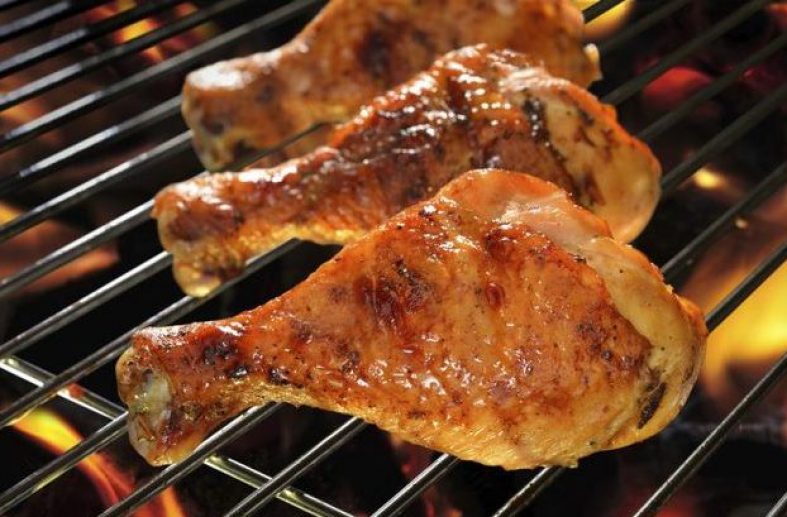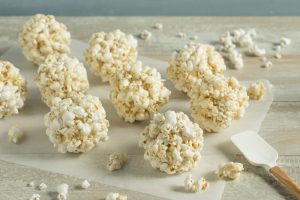Cooking meat separates any intense strands and connective tissue, which makes it less demanding to bite and digest. Although cooking meat makes it less demanding to process and murders destructive germs, it can likewise decrease the supplement content Way to Cook Meat that limit supplement misfortune and deliver the most minimal measures of hazardous chemicals can amplify the medical advantages of devouring meat. The different most beneficial approach to cook meat are:-
Pan frying and Stir-Frying
- Pan frying and blend singing include cooking in fat at high warmth for short timeframes.
- During mix singing, nourishment is consistently flipped or mixed with a spatula as it cooks, while steering, for the most part, doesn’t include this sort of steady development.
- Although these techniques utilize great warmth, cooking times are short, which keeps up delicate meat with great flavor.
- Most vegetable and seed oils are high in polyunsaturated fats that are inclined to harm at high temperatures. Warming these oils additionally advances the development of aldehydes, conceivably tumor bringing on chemicals found in the cooking exhaust.
Barbecuing and Broiling
- Grilling and steering are fundamentally the same as dry warmth, high-temperature cooking techniques.
- Grilling includes cooking with a warmth source straightforwardly beneath your sustenance, for example, an open flame broil or grill. Barbecuing temperatures more often than not go from 375–450°F (190–232°C).
- In a searing, the warmth source originates from above, for example, the grill in your broiler. Searing happens at high temperatures, regularly 500–550°F (260–288°C).
- When meat is flame broiled at high temperatures, the fat melts and trickles onto the barbecue or cooking surface.
Deep Frying
- Deep-broiling brings about fresh, delightful meat. Be that as it may, it tends to deliver more hurtful chemicals than other cooking strategies and is connected with expanded malignancy and coronary illness chance.
- Deep-broiling alludes to totally drenching nourishment in fat amid the kitchen.
- Benefits of profound broiling meat incorporate upgraded season, fresh surface and astounding maintenance of vitamins and minerals.
Pressure Cooking
- Pressure cooking utilizes soggy warmth and weight to cook nourishment rapidly.
- It is a type of wet warmth cooking that has recovered prevalence as of late in light of the fact that it permits sustenance to cook rapidly and utilizes less vitality than different strategies.
- A weight cooker is a pot with a fixed top and a security valve that controls the weight of steam that develops inside.
- The steam’s weight raises the breaking point of water from 212°F (100°C) to as high as 250°F (121°C). This higher warmth brings about quicker cooking circumstances.
- Also, like moderate cooking, weight cooking may bring about a few sorts of meat turning out to be excessively delicate.
Slow Cooking
- Slow cooking is a helpful strategy for cooking meat at low temperatures utilizing soggy warmth. It includes cooking for a few hours in a moderate cooker, once in a while alluded to as a simmering pot.
- Slow cooking makes harder cuts of meat, for example, brisket, delicate and tasty.
- However, it can in some cases cause poultry and other fragile meats to wind up distinctly excessively delicate and soft, particularly with longer cooking circumstances.
Simmering and Baking
- Roasting and heating are comparative types of sound cooking, particularly at lower temperatures and cooking times.
- Roasting and preparing are comparable types of cooking utilizing dry warmth.
- Dry, warm cooking varies from soggy warmth strategies, where meat is cooked in water or another fluid.
- By differentiating, heating is for the most part utilized for chicken, poultry or fish instead of red meat. The meat is cooked in a heating dish that might be secured or open.
- Temperatures for simmering and heating range from 300–425°F (149–218°C) and cooking time may change from 30 minutes to an hour or all the more, contingent upon the sort and cut of meat.
Stewing, Poaching and Stewing
- Simmering, poaching, and stewing are comparative sodden warmth techniques for cooking.
- Although cooking times are by and large longer than for some other cooking strategies, temperatures are lower.
- The three techniques are grouped by the temperature of the cooking fluid:
- Poaching: 140–180°F (60–82°C)
- Stewing: 160–180°F (71–82°C)
- Stewing: 185–200°F (85–93°C)








